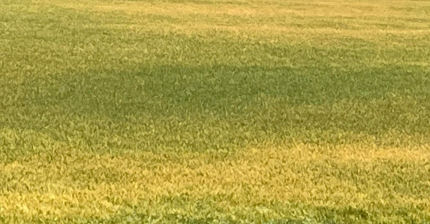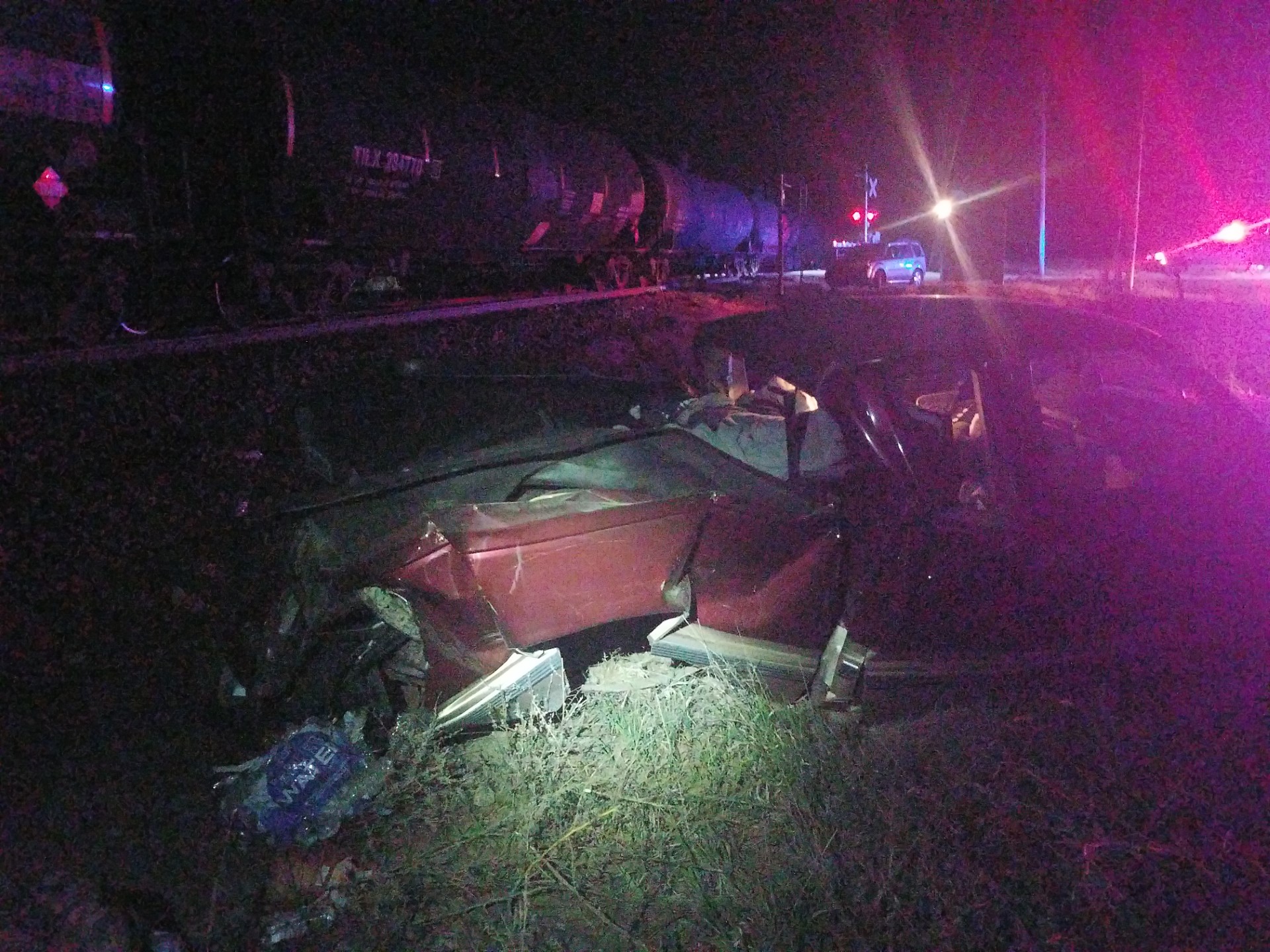In a collaborative effort, the Sternberg Museum of Natural History and Forsyth Library at Fort Hays State University have established a digital collection of about 900 Mosasaur fossils.
“Our goal is to present a collection that appeals to the research community as well as to K-12 students,” said John Ross, library director.
“We wanted to bring global access to our collections,” said Dr. Reece Barrick, director of the Sternberg Museum. “For instance, researchers in Finland can compare their specimens to ours.”
“Basically this means an eighth-grader in Hays working on a research project and a researcher doing post-doctorial work on the other side of the world can access our collections via the Forsyth Library Web page,” said Ross.
The final part of this two-year project involved the 3D scanning and display of select specimens. Each digital image includes the metadata that show the species the fossil came from, the Sternberg collection it is a part of, Sternberg’s identification number and the specimen’s size.
“The smallest fossil that we scanned was pea-sized,” said Ross. “Fossils of that size were included as part of a grouping of fossils. The biggest piece we can scan is up to 1.5 feet tall and 1 foot wide currently. With the addition of some attachments, bigger objects can be scanned. The library is also hoping to get a hand-held digital 3D scanner to scan large objects, architecture or the parts of spacecraft.”
Each scan takes several hours to complete as the scanning stage rotates and spins the fossil.
“From an education standpoint, we hope to provide sample lesson plans that have digital photos, videos and 3D images embedded,” said Ross. “We also have a 3D printer that we hope to be able to print fossil replicates for teachers to use in the classroom without fear of damage.”
This is only the beginning of several projects the Sternberg Museum and Forsyth Library have planned.
“The ultimate goal is to eventually have students be able to use this technology,” said Ross. “We want to create an environment where interns or other students in specific areas can use the scanner so we are doing some teaching with it as well.”


